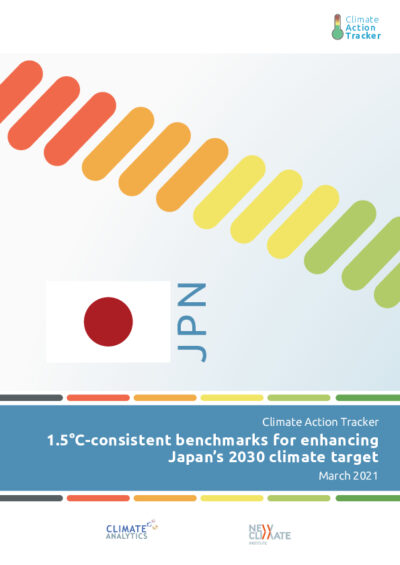Publications
Share

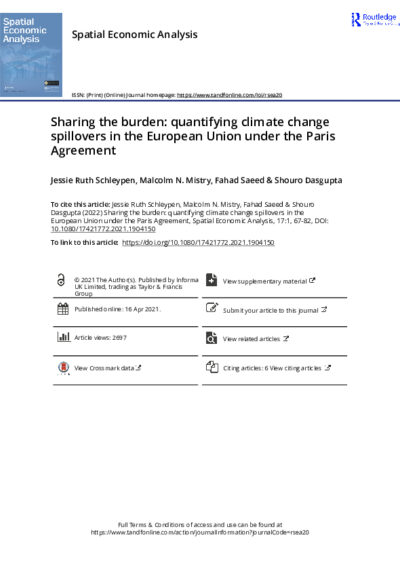
Peer-reviewed Papers
This study uses spatial econometrics to account for the interdependencies between the subnational EU regions to estimate the future impacts of changes in temperature on sectoral labour productivity under the Paris Agreement.
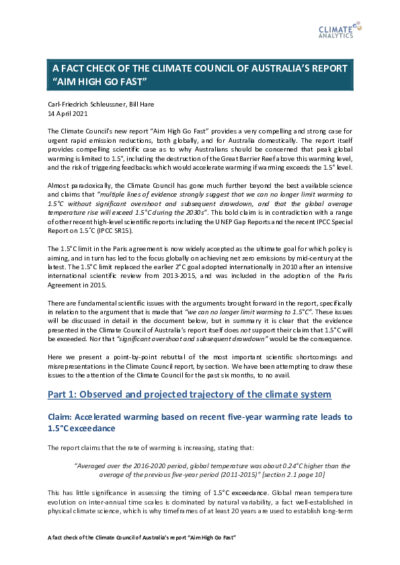
Working Papers
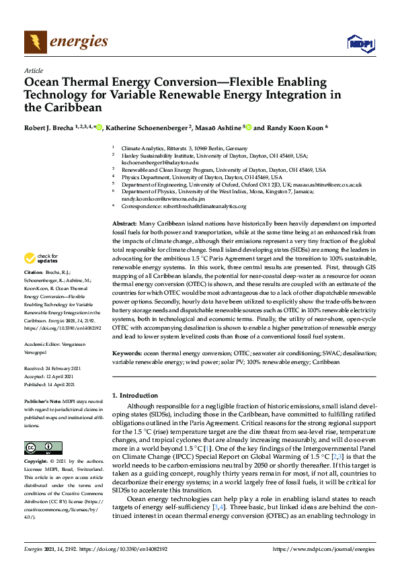
Peer-reviewed Papers
Through GIS mapping of all Caribbean islands, this work shows the potential for near-coastal deep-water as a resource for ocean thermal energy conversion (OTEC) is shown, and these results are coupled with an estimate of the countries for which OTEC would be most advantageous due to a lack of other dispatchable renewable power options.
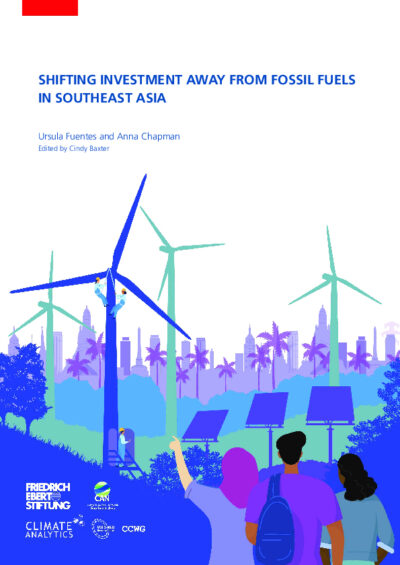
Reports
This report looks into the need to stop the expansion of coal and phasing out coal for power generation in Southeast Asia to avoid the catastrophic climate change impacts that threaten the region.
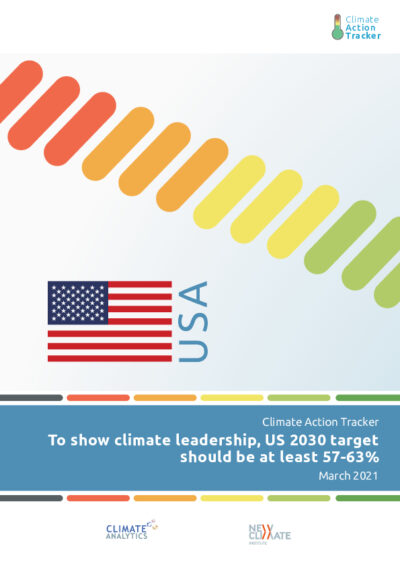
Reports
After officially rejoining the Paris Agreement, the Biden administration is now preparing a new Nationally Determined Contribution. The CAT’s analysis indicates that the new US NDC should aim to reduce its national emissions by at least 57-63% below 2005 levels by 2030.
